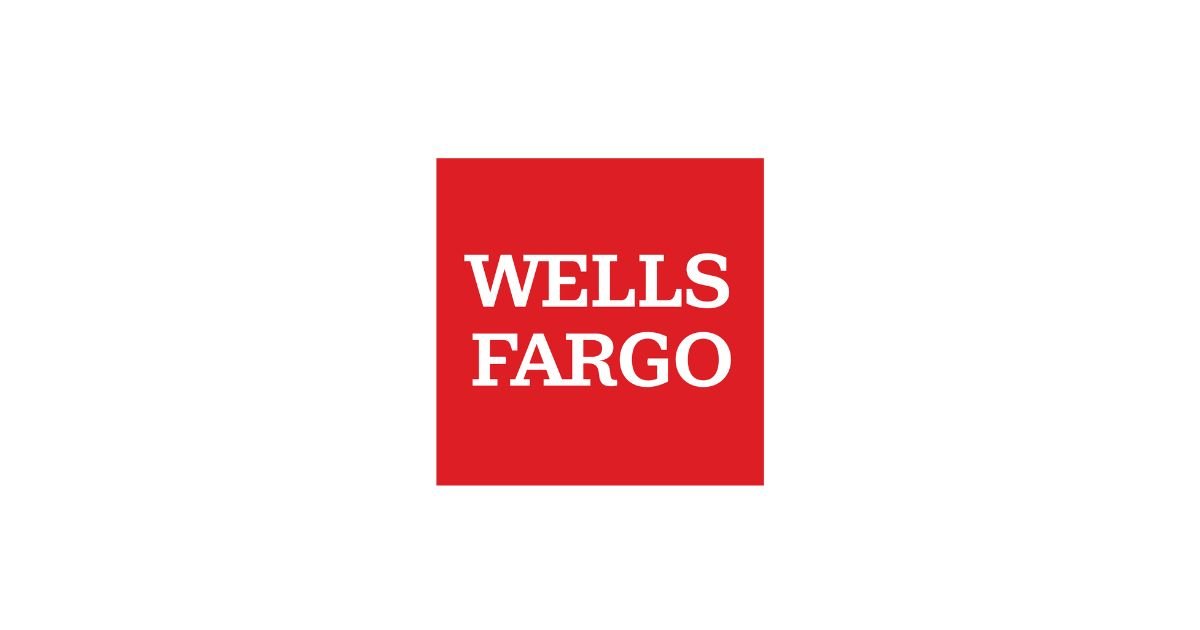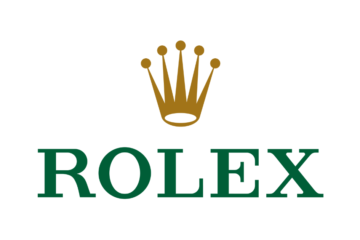Wells Fargo is a leading multinational financial services company that provides a wide range of banking, mortgage, investment, and consumer finance services. Known for its extensive network of branches and ATMs, Wells Fargo serves millions of customers across the United States. The company offers personal banking, commercial banking, and wealth management services, while also focusing on innovation and customer satisfaction. Over the years, Wells Fargo has established itself as a trusted institution in the financial sector, with a strong emphasis on delivering comprehensive financial solutions tailored to the needs of individuals, businesses, and institutions.
Company Information
Company Name: Wells Fargo
Founder Name: Henry Wells & William Fargo
Founded Year: 1852
Headquarters: San Francisco, California, USA
Products:
- Credit Cards
- Mortgage Loans
- Personal Loans
- Auto Loans
- Investment Products
- Insurance Policies
Services:
- Retail Banking
- Commercial Banking
- Wealth & Investment Management
- Brokerage Services
- Corporate and Investment Banking
- Payment and Merchant Services
Competitors:
- JPMorgan Chase
- Bank of America
- Citigroup
- Goldman Sachs
- Morgan Stanley
- U.S. Bancorp
- PNC Financial Services
- Charles Schwab
- American Express
- Truist Financial
Company History & Growth
- Foundation and Early Years (1852-1900)
- Established to provide banking, express, and freight services during the California Gold Rush.
- Expanded through stagecoach delivery services, gaining trust in financial transactions.
- Became a crucial player in connecting financial markets across the country.
- Expansion and Modernization (1900-1950)
- Grew into one of the largest banks in the western U.S.
- Adopted new banking technologies, such as check processing and electronic fund transfers.
- Survived the Great Depression by maintaining strong financial policies and customer relations.
- Nationwide Growth and Mergers (1950-2000)
- Merged with Norwest Corporation in 1998, retaining the Wells Fargo name.
- Expanded into all 50 states, strengthening its banking network.
- Introduced credit and debit cards, making banking more convenient for customers.
- Entered the global market by establishing investment and financial services abroad.
- Global Expansion and Digital Transformation (2000-Present)
- Emphasized digital banking services and mobile banking, making transactions more seamless.
- Focused on corporate social responsibility and sustainability initiatives.
- Enhanced security systems to combat financial fraud and cyber threats.
- Established itself as a leader in wealth management and corporate financing.
Challenges & Lessons
- Faced scrutiny over account fraud scandals, highlighting the importance of ethical banking.
- Managed financial crises and economic downturns, proving resilience in tough markets.
- Strengthened customer service and compliance to regain trust and credibility.
- Adapted to digital transformations and cybersecurity concerns, investing heavily in AI-driven security.
- Addressed regulatory and legal issues by improving internal oversight and governance.
Innovations
- Launched one of the first online banking platforms, revolutionizing financial transactions.
- Developed advanced AI-driven fraud detection systems, preventing cyber threats.
- Pioneered ATM technology and digital payment solutions, making banking more accessible.
- Invested in blockchain and fintech partnerships to enhance financial security and efficiency.
- Implemented data-driven analytics to personalize customer banking experiences.
Achievements or Milestones
- Named among the top financial institutions in the U.S., cementing its industry leadership.
- Consistently ranked in the Fortune 500 list, showcasing its financial strength.
- Played a crucial role in economic development since the 19th century, supporting businesses and individuals.
- Served over 70 million customers globally, highlighting its vast reach.
- Developed a strong corporate social responsibility program, contributing to community development.
Recognitions & Awards
- Recognized as one of the world’s most valuable banking brands.
- Multiple awards for innovation in digital banking, recognizing its technological advancements.
- Honored for diversity and inclusion efforts in the workplace, fostering a strong corporate culture.
- Listed among top companies for social responsibility, demonstrating its commitment to ethical practices.
- Received accolades for sustainability initiatives, proving its dedication to environmental protection.
Recap of the Company’s Success Story and Achievements
Wells Fargo’s journey began in 1852 during the California Gold Rush, evolving from a regional banking service to a global financial powerhouse. Through strategic expansions, mergers, and a commitment to technological innovation, the company has played a significant role in shaping the financial services industry. Over the years, Wells Fargo has faced challenges, including regulatory scrutiny, but has continuously adapted by focusing on trust, transparency, and customer-centric solutions. The company has become a leader in digital banking, wealth management, and corporate finance, providing cutting-edge financial services to millions worldwide. With its strong corporate social responsibility initiatives, dedication to sustainability, and focus on security, Wells Fargo continues to reinforce its status as one of the most influential banks in the world. Its ability to overcome adversity, innovate, and maintain customer loyalty has solidified its legacy as a pillar of financial success.
What Entrepreneurs Can Learn from This Company’s Success Story
Entrepreneurs can take away several key lessons from Wells Fargo’s journey. First, building trust and maintaining strong ethical standards are crucial for long-term success. Despite challenges, Wells Fargo has worked towards regaining customer confidence through transparency and compliance. Second, embracing innovation and technology is essential in today’s fast-evolving financial landscape. The company’s early adoption of online banking, AI-driven security, and digital payments showcases the power of staying ahead of the curve. Third, strategic expansion and partnerships can fuel growth—Wells Fargo leveraged mergers and acquisitions to establish itself as a leader. Fourth, resilience and adaptability are vital in overcoming setbacks. Wells Fargo’s ability to pivot, learn from failures, and rebuild its brand demonstrates that businesses can recover and thrive with the right approach. Finally, corporate social responsibility plays a significant role in building a strong brand reputation. Entrepreneurs should focus on customer needs, innovation, and ethical leadership to sustain long-term growth and success.



